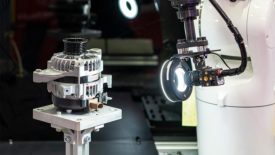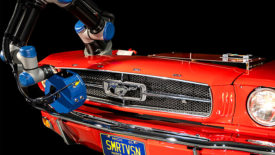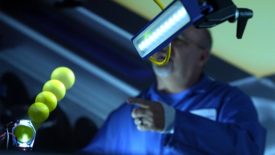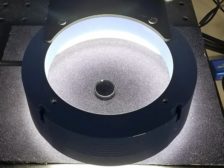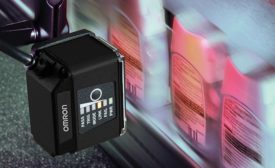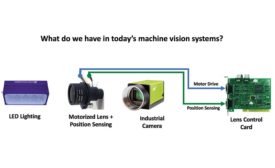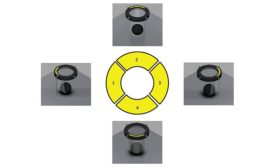Articles by Steve Kinney
Vision & Sensors | Lighting
Hybrid Cu-Cu Direct Bond and Quantum Dot SWIR Developments Fuel Multispectral Imaging Growth
Read More
Vision & Sensors | Trends
Machine Vision Technologies Adapt for Higher Speeds, Evolving Needs
From the warehouse to the food production line, today’s high-speed imaging applications require more than just faster cameras.
June 3, 2024
Vision & Sensors | Vision
How Robotics Applications Benefit from Machine Vision Lighting Advances
Innovations in illumination create new opportunities in automotive manufacturing, food processing, and warehousing.
November 6, 2023
Vision & Sensors | LIghting
Machine Vision Lighting Powers Industrial Automation Advances
Learn how lighting can optimize multispectral imaging, collaborative robots, and deep leaning applications.
July 3, 2023
Vision & Sensors | Lighting
Creative Illumination Techniques Enable Computational Imaging
Computational imaging can simplify certain problems that are difficult to solve with standard visual imaging.
January 2, 2023
Vision & Sensors | Lighting
Three Challenges In Machine Vision Lighting Today And How To Solve Them
With increased speeds, dynamic production lines, and advanced inspection processes, smart automated lightng is driving machine vision solutions.
May 1, 2022
Vision & Sensors | Lighting
Simplify Deep Learning Systems with Optimized Machine Vision Lighting
Smart Lighting Improves Image Input Data for Effective Convolutional Neural Networks
July 8, 2021
LED Light Pulses Enter the Nano Realm to Keep Pace with High-Speed Imaging
A competent vision designer can optimize image capture at extremely high speeds.
May 4, 2020
The Future of Machine Vision Imaging Systems
Beginning with the AIS's camera link standard, the industrial camera portion of the imaging system was standardized.
July 1, 2019
Computational Imaging: Get the Image You Want
A number of factors make computational imaging more interesting for machine vision than ever before.
May 1, 2017
Stay in the know with Quality’s comprehensive coverage of
the manufacturing and metrology industries.
eNewsletter | Website | eMagazine
JOIN TODAY!Copyright ©2024. All Rights Reserved BNP Media.
Design, CMS, Hosting & Web Development :: ePublishing



